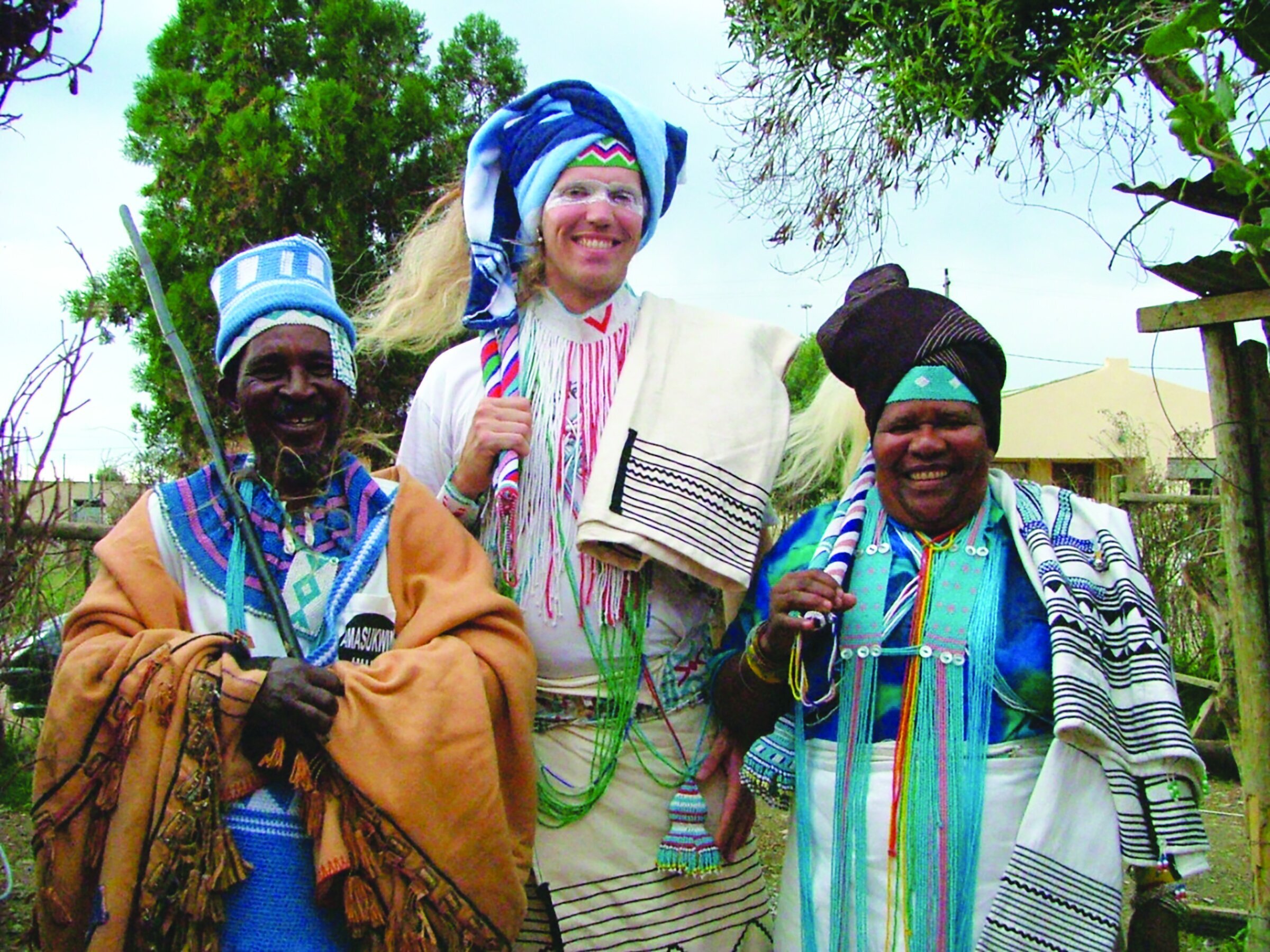Dancing with Ancestors - John Lockley
I was recently interviewed by Sarah Kirton from MysticMag about my sangoma journey and the role of a sangoma.
John’s current primary focus is ‘rewilding’ people and helping them connect to their bones, to their blood, to the earth and to their ancestors. John runs nature-based wilderness retreats in one of the oldest places in the world, the Kalahari in Botswana.
The retreats are called Dreams and Tracking in the Kalahari with the focus on educating modern man – it is what John refers to as ‘Indigenous Medicine for the Modern Man’. The focus is to help people connect with their indigenous roots, earth and nature. It involves tracking skills, animal communication and interspecies communication – dreams and connecting with ancestors.
Working alongside Bushman trackers, one will learn how to forage for medicinal plants and animals the way our ancestors and forefathers once did hundreds of years ago.
This is a retreat that is open to anyone with a deep love of nature, Africa and the wilderness. The Kalahari is one of the wildest places left, not only in Africa, but on Earth.
- John, where did your journey begin and what is a sangoma?
I have written a book called Leopard Warrior which describes how I became a sangoma. Like many traditional shamans, my journey to becoming a sangoma started before I was born.
A sangoma is a traditional South African shaman. It is a Zulu word which means the one who connects to the drum and the chant/song. When we sing, drum and dance, we connect with the spirit world and then we are able to get a sense of how to help and heal the community. We are the chanting monks of Southern Africa.
One cannot decide to become a sangoma, one is called – either through dreams or illness (Twasa). I was ill for seven to ten years. The illness affects your body physically and can be quite debilitating. However, there is also a strong psychic component involved where you dream about the future, receive messages from the spirit world and are shown what is happening to people you don’t know and how to heal them etc…
One first has to accept the calling and then find a teacher who can apprentice you, help heal you, and bridge the psychic or spirit world with the physical world. Accepting the calling starts the healing process from the twasa. Due to the political circumstances in South Africa at the time, I was only able to access a teacher well into my illness (after 7-10 years).
- Are our Ancestors and Life force one and the same thing?
They are very similar but my answer to your question is no. Our ancestors are our roots that sustain us and give us life. Our ancestors are connected to the life force because they too are fed by life and by the earth.
- Is it your belief that all our Spirit Guides are in fact our Ancestors, and what is their defined role, if any?
There are three groupings of spirit guides in the realm of ancestors: your mother’s people, your father’s people and the third, adopted ancestors. Here, one may have an experience or dreams of spirit guides from diverse cultures.
- What influence do animals have on your work of healing the past?
Animals help connect us to our humanity and empathy. Whether it be a pet or wild animal, once you love an animal, you are connected to the powers of empathy and compassion. Once you are connected to this, healing can take place.
Each experience is unique and contextualized depending on what culture and background a person comes from. In saying that therefore there is no standard symbolism when it comes to interpreting visions or apparitions of animals in dreams.
- What do you offer your clients and do you have a defined purpose?
It depends what people are searching for. Generally, people from the West look to access their spirit and soul and to work with their ancestors. In this case, I would work with divinations and throw bones. I also run online training courses in helping people to connect to their wilderness or to the wild spaces inside of them.
To achieve this, they learn how to work more mystically with their dreams as opposed to psychologically. They learn to feel the magic, mysticism and synchronicities of their dream life and how it mirrors and maps their waking state. Like a tracker in the bush, I teach them how to engage with their dreams like tracks in the sand. How does the dream reflect our life and vice versa.
The work I carry out in the indigenous or traditional world (in the Eastern Cape, South Africa) is a bit different because most people are already connected to their ancestors and their indigenous roots. There we perform ceremonies involving singing and dancing to strengthen our ancestral connection. Like a strong tree, the roots have to be watered.
John and his Xhosa elders after his sangoma initiation in 2007


